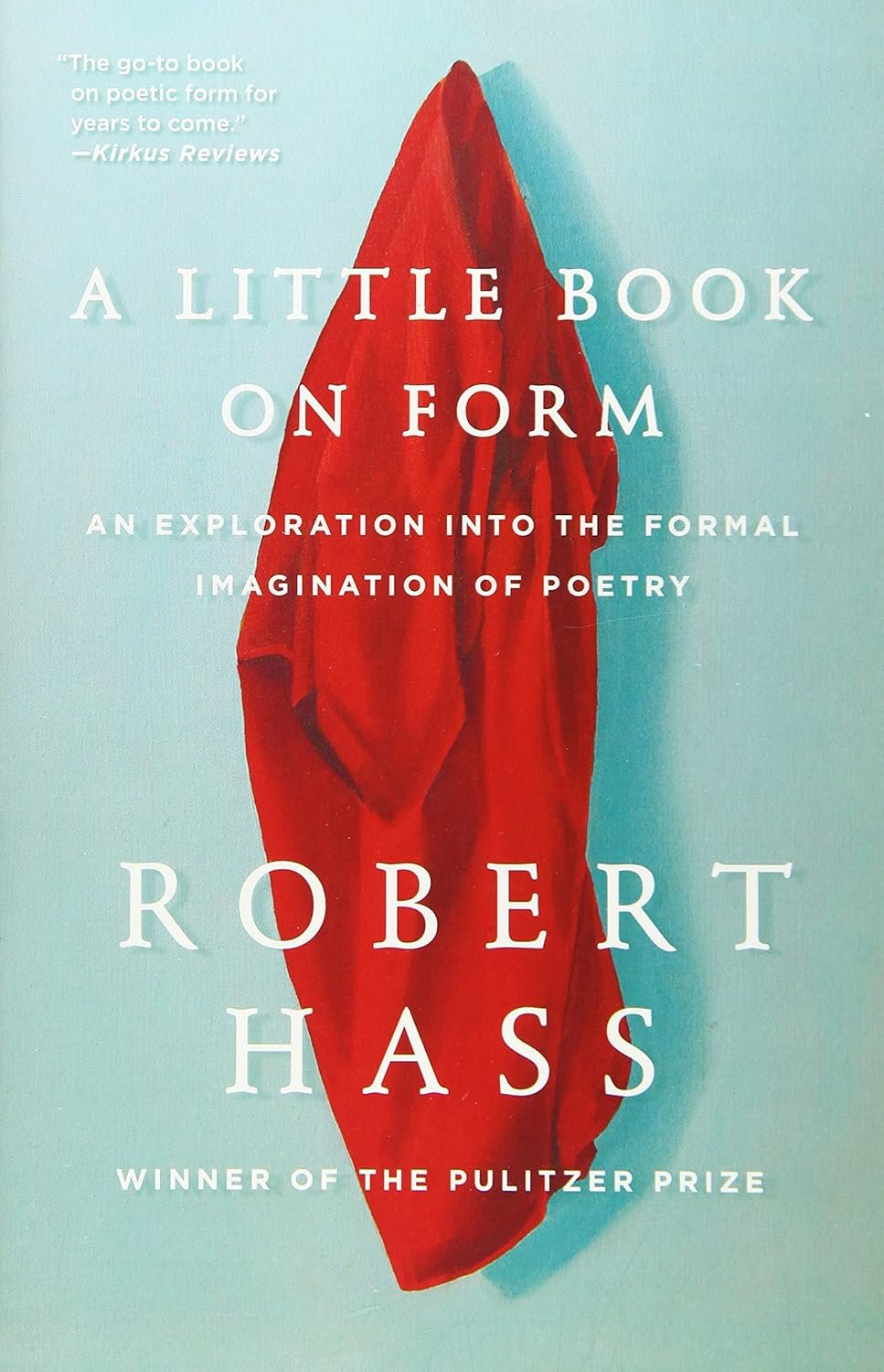
21 Aug Unlocking Creativity: A Journey Through the Formal Landscape of Poetry
Exploring the Heart of Poetry: A Review of A Little Book on Form
As someone who finds solace and joy in the rhythm of words, I was immediately drawn to A Little Book on Form: An Exploration into the Formal Imagination of Poetry by Robert Hass. The promise of insight from a former U.S. Poet Laureate and Pulitzer Prize winner felt like an invitation to sit at the feet of a master, ready to glean wisdom from his poetic journey. This book isn’t merely a guide for dissecting verses; it’s a lush exploration of what it means to engage deeply with language and form.
Hass tackles the paradox at the core of poetry: a genre that can feel both rigidly structured and gloriously free. His approach initiates readers into a rich tapestry of forms—from the simplicity of a haiku to the intricate dance of a villanelle. The way he navigates these forms, while also addressing the creative impulse that drives the poet, made me pause and reflect on my own experiences with poetry. It’s rare to find a text that so elegantly blends technical analysis with the very human emotions that shape our understanding of art.
One of my favorite sections discusses the concept of “radiant shapes” in poetry, where Hass illuminates how powerful emotions can emerge from poetic rhythms and structures. He poses a question that lingered with me long after I closed the book: How do we articulate the raw, expressive gestures that shape our artistic endeavors? His exploration echoes in the essays, inviting readers to let go of strict definitions and embrace the fluidity of form and emotion.
Hass’s writing style is wonderfully conversational; it feels like a warm dialogue rather than a lecture. He seamlessly weaves in historical context and references to poets from Catullus to Ginsberg and beyond. Each page unfolds layer upon layer of thought, urging readers to consider how form serves not just as a backbone for poetry, but as a vessel for human experience. His discussions on elegy and ode are particularly poignant, illustrating how poetry can encapsulate grief and desire across cultures and epochs.
While A Little Book on Form serves as an academic resource, it’s also deeply intimate and accessible. I found myself highlighting passages where Hass evokes the music of language, a harmony that resonates with the shared human experience. Words floated from the page, and I felt compelled to pause, reflect, and even reread them aloud.
For poetry enthusiasts, students, or simply anyone who finds beauty in language, this book is a treasure. It enlightened my understanding of poetic forms and rekindled my passion for the written word. Hass invites us to explore the wonder not just in the predefined structures of poetry, but in the spaces in between—where raw emotion and imaginative thought intersect.
In closing, if you’ve ever wondered how formal constraints can give rise to profound expressive freedom, A Little Book on Form is a delightful companion on that journey. It’s a book that left me craving more poetry in my life, a reminder that each line we write has the potential to echo with meaning far beyond the words themselves. As we navigate the intricacies of language together, I hope to discover new radiant shapes alongside you.
You can find A Little Book on Form: An Exploration into the Formal Imagination of Poetry here >>









